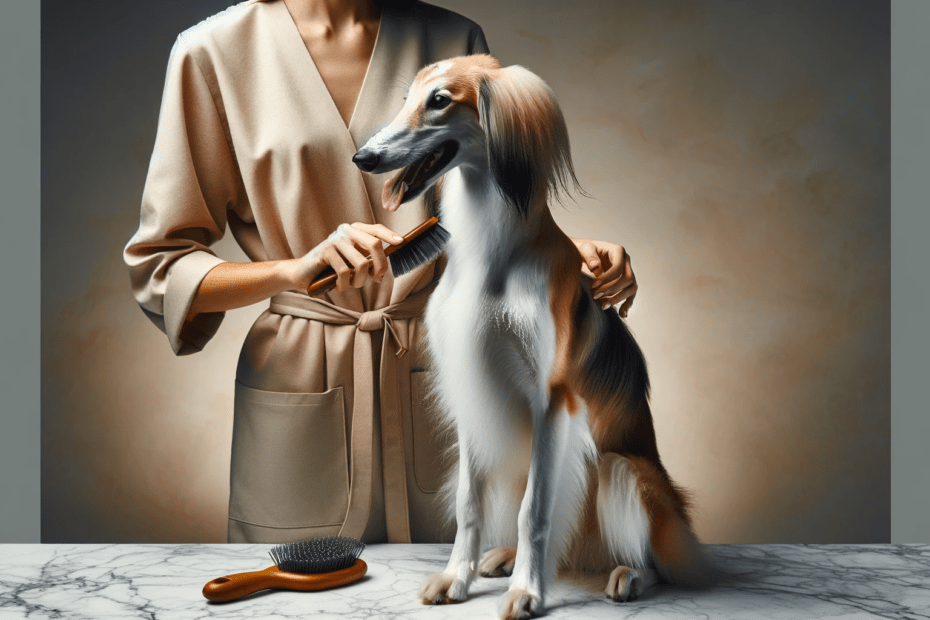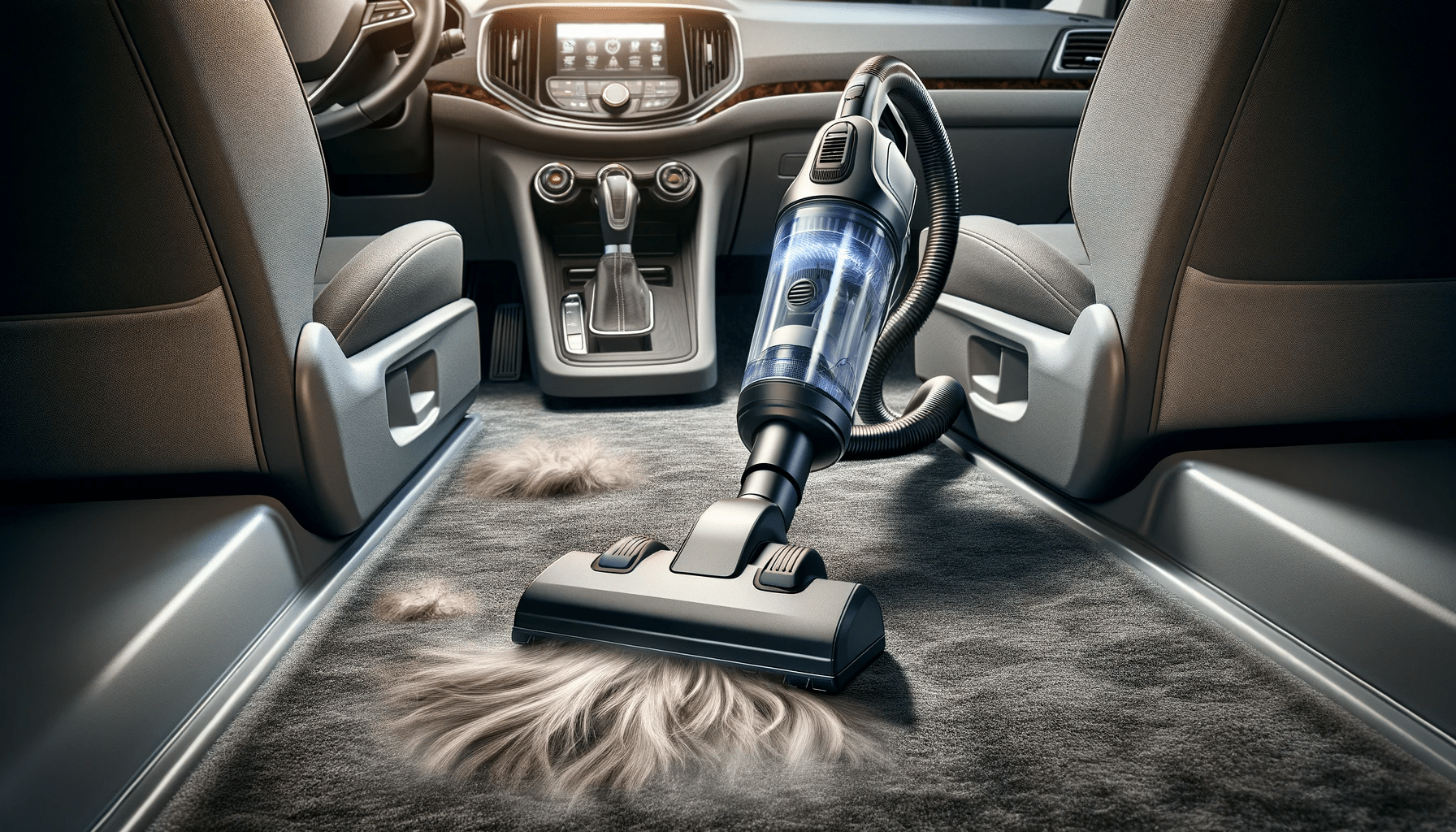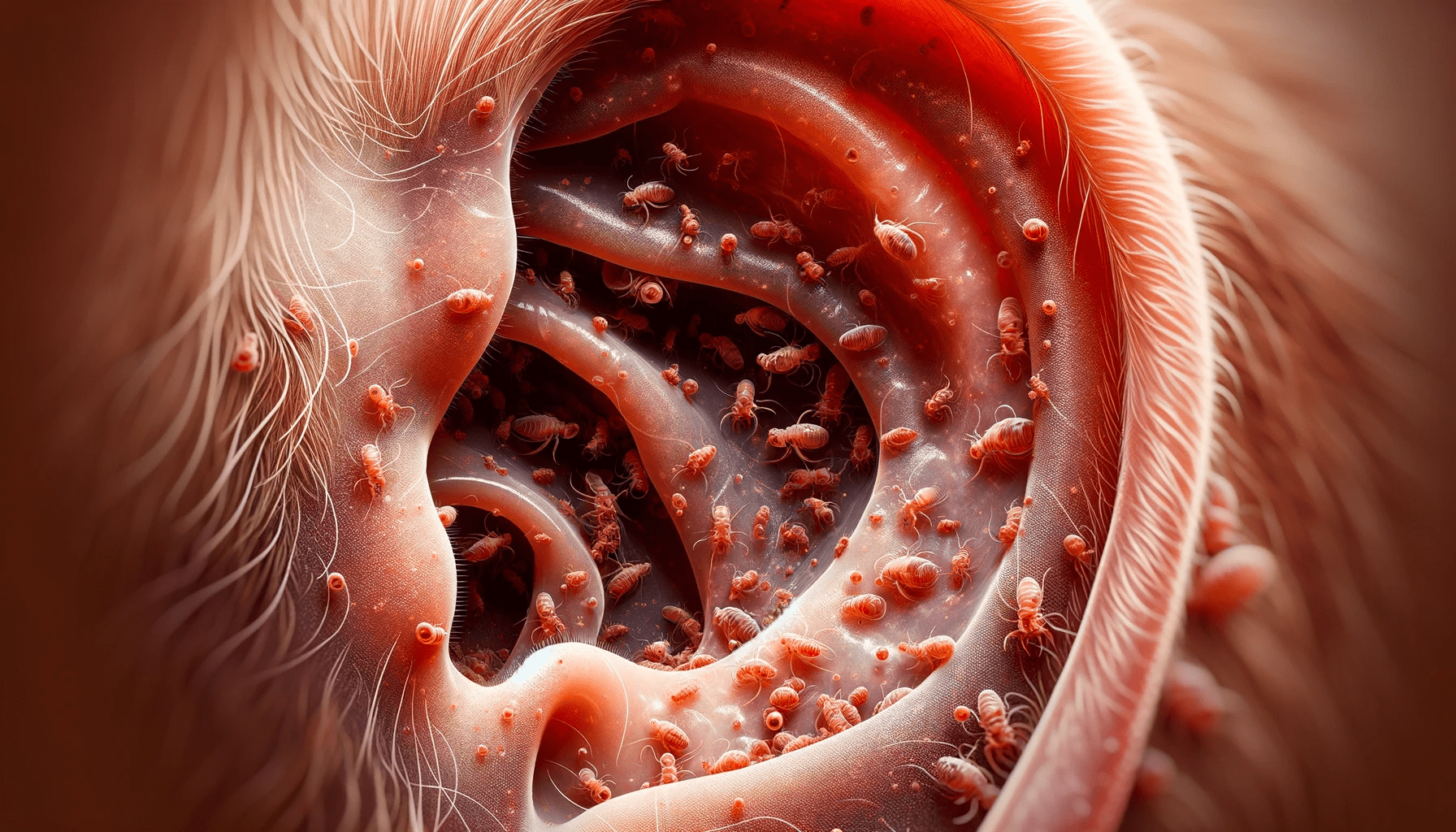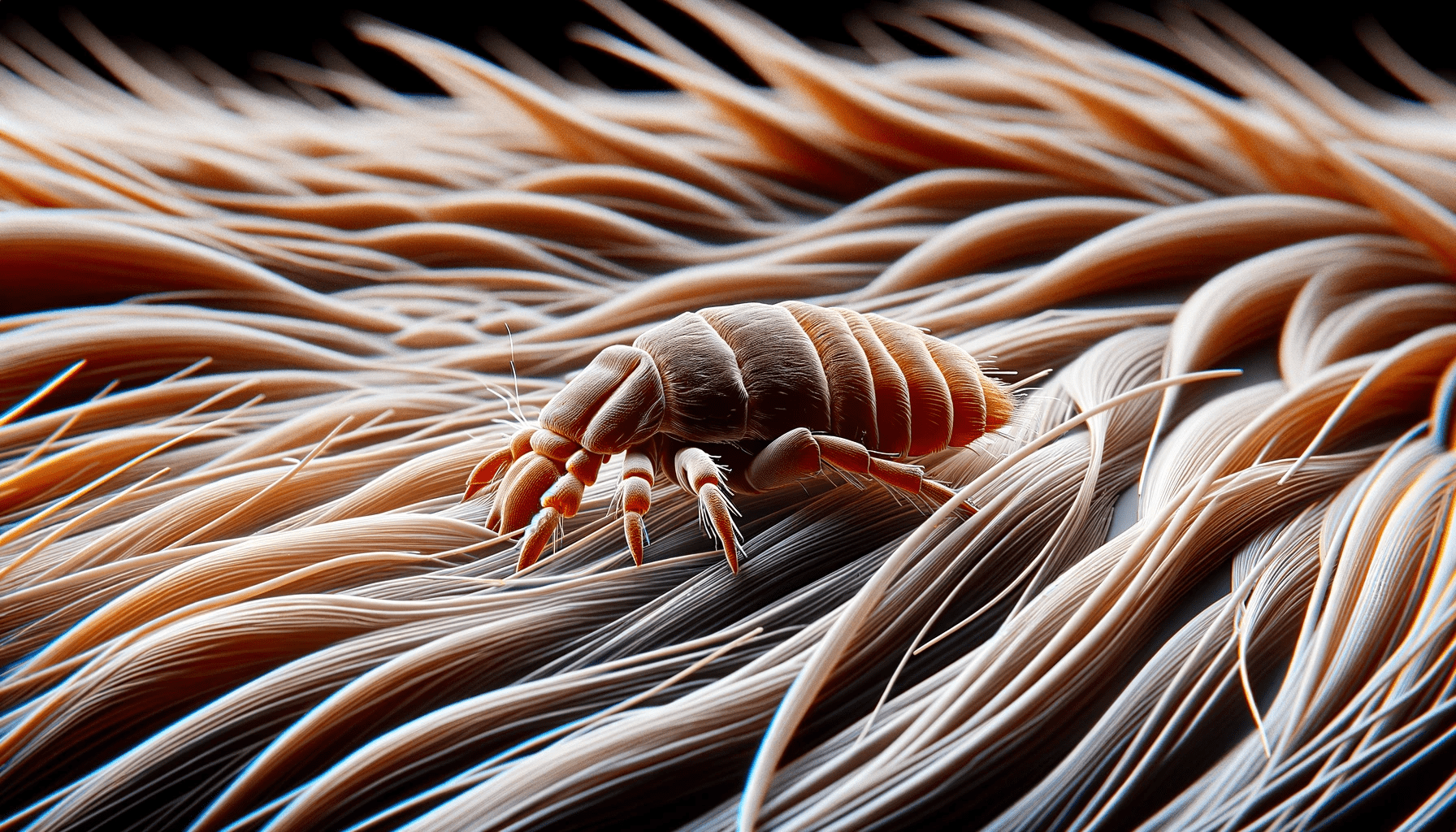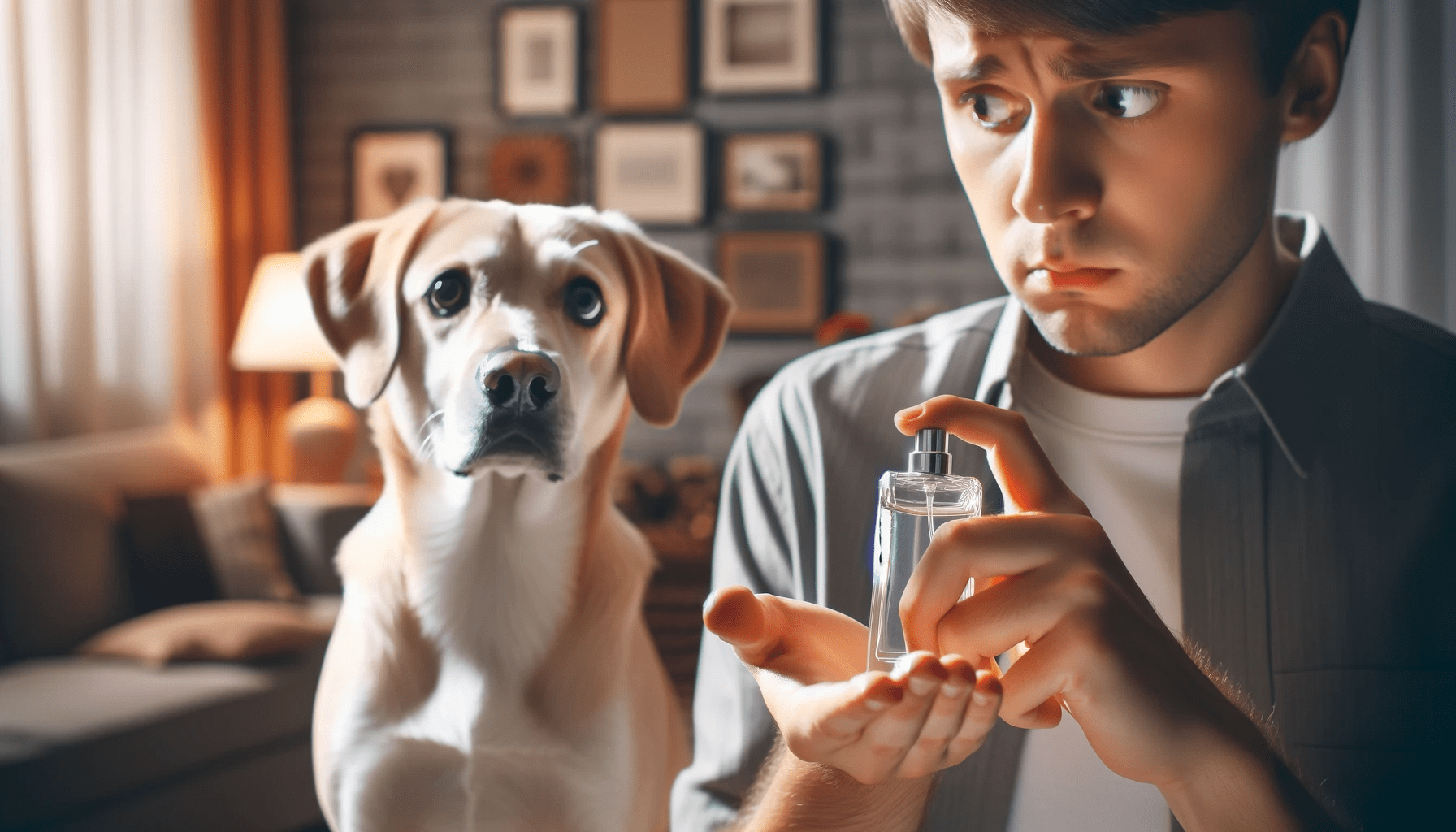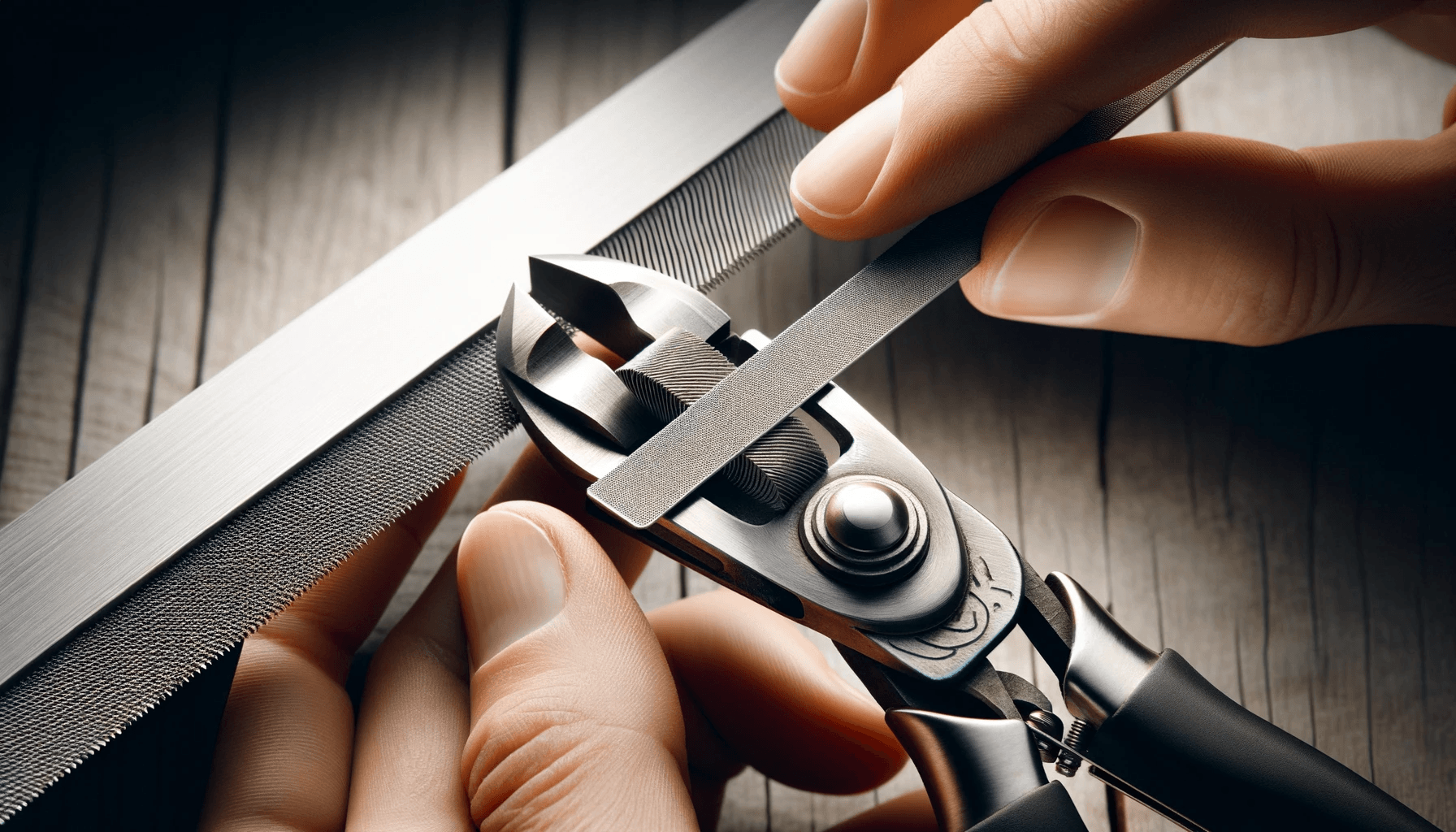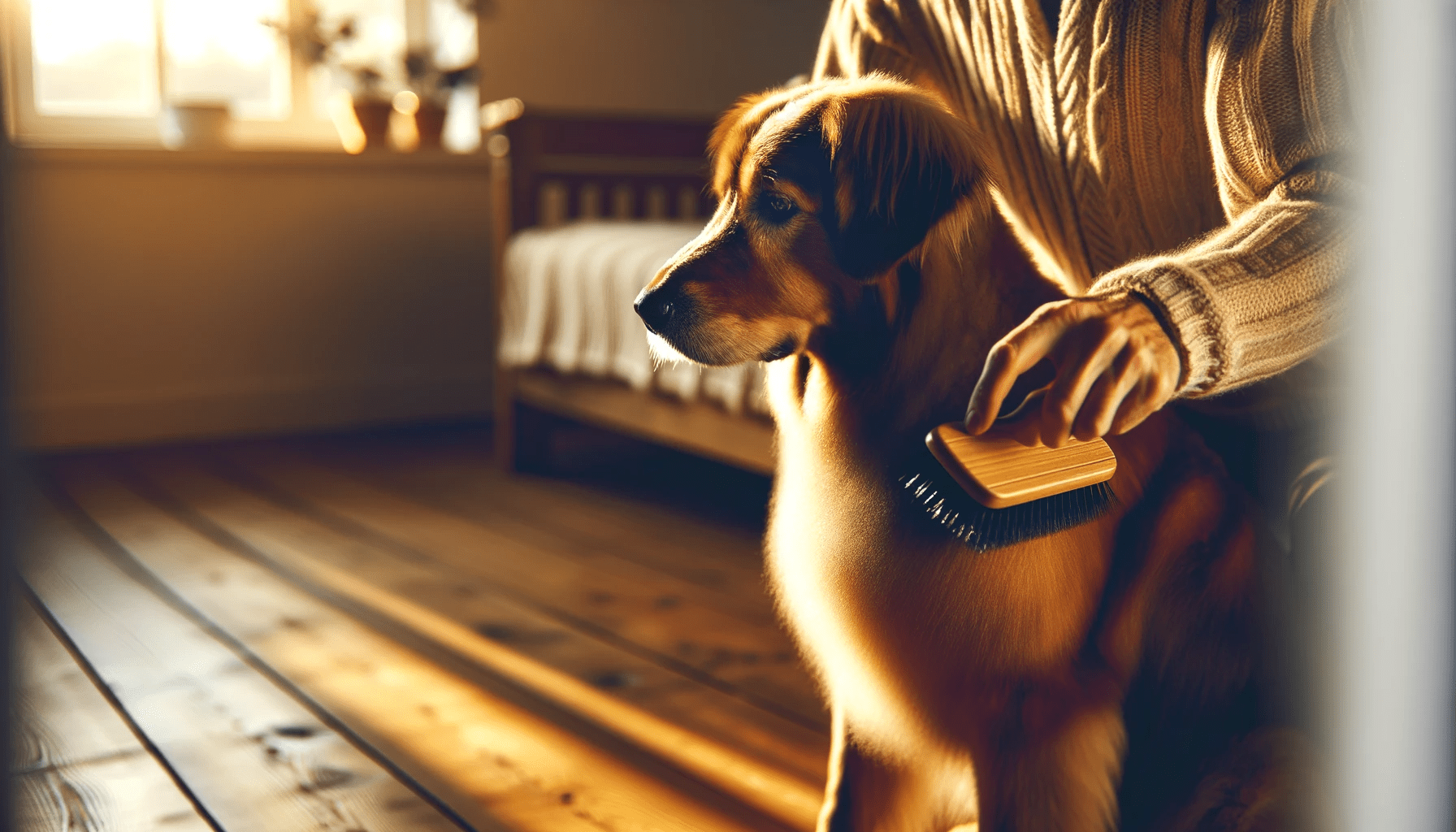If you want your furry friend to look and feel their best, then you need to follow this dog grooming guide.
Regular grooming is essential for your dog's health and appearance. It not only helps prevent common grooming issues but also enhances their overall well-being.
This guide will provide you with expert tips and a positive grooming routine to keep your dog looking their absolute best.
So, why wait? Start grooming your dog like a pro today!
Key Takeaways
- Regular dog grooming is important for maintaining a healthy coat and preventing matting.
- Proper grooming techniques can help detect and prevent skin issues, parasites, and abnormalities.
- Regular grooming stimulates the production of natural oils, keeping the coat shiny and healthy.
- Bonding with your dog during grooming sessions can help desensitize them to being handled and strengthen your relationship.
Importance of Regular Dog Grooming
Regular grooming for your dog is essential. It isn't just about making your furry friend look good, but it also plays a vital role in their overall health and well-being. The importance of regular grooming can't be stressed enough.
One of the key benefits of grooming is maintaining a healthy coat. Regular brushing helps remove dead hair and prevents matting, which can lead to skin irritations and discomfort for your dog. It also stimulates the production of natural oils, keeping their coat shiny and healthy. Additionally, grooming allows you to check for any signs of skin issues, parasites, or abnormalities that may require veterinary attention.
Another benefit of regular grooming is keeping your dog's nails trimmed. Overgrown nails can cause pain and discomfort, affecting their ability to walk and run properly. By keeping their nails at a proper length, you can prevent these issues and promote good foot health.
Moreover, grooming sessions provide an opportunity for you to bond with your dog. It allows for physical contact and gives them a sense of comfort and security. Regular grooming also helps desensitize your dog to being handled, making vet visits and other necessary procedures less stressful for them.
Health Benefits of Proper Dog Grooming
Maintaining proper dog grooming practices is crucial for ensuring the health and well-being of your furry companion. Regular grooming offers a range of health benefits that go beyond just keeping your dog looking good.
One of the main benefits of grooming for dogs is the prevention of skin problems. Regular brushing helps to remove dirt, dead hair, and dandruff, promoting a healthy and clean coat. It also stimulates the production of natural oils, which keep the skin moisturized and prevent dryness and irritation.
Grooming also allows you to keep an eye out for any abnormalities or health issues. During grooming, you can check for fleas, ticks, or any signs of skin infections or allergies. Early detection of these problems can lead to prompt treatment and prevent them from escalating into more serious conditions.
Different dog breeds have different grooming needs, and it's important to use the correct grooming techniques for your specific breed. Long-haired breeds, for example, require regular brushing to prevent matting and tangling of their fur. Short-haired breeds, on the other hand, benefit from regular bathing to remove excess oils and dirt.
In conclusion, proper dog grooming not only keeps your furry friend looking good but also plays a vital role in maintaining their overall health and well-being. Regular grooming helps prevent skin problems, allows for early detection of health issues, and ensures that your dog's specific grooming needs are met.
Enhancing Your Dog's Appearance Through Grooming
To improve your dog's appearance, grooming allows you to enhance their overall look and style. By utilizing various dog grooming techniques and the right grooming tools, you can transform your furry friend into a well-groomed and stylish companion.
Regular brushing is one of the most important dog grooming techniques for enhancing your dog's appearance. Brushing helps remove loose hair and prevents matting, resulting in a cleaner and neater coat. It also stimulates the skin, promoting healthier hair growth.
Trimming your dog's nails is another essential grooming technique. Overgrown nails can cause discomfort and difficulty walking for your dog. By keeping their nails at the appropriate length, you can improve their overall appearance and prevent potential foot problems.
Bathing your dog regularly is also crucial in enhancing their appearance. A clean and fresh-smelling dog is much more pleasant to be around. Use gentle dog-friendly shampoos and conditioners to keep their coat soft, shiny, and free from dirt and odors.
Investing in the right grooming tools is essential for achieving the desired results. Brushes, combs, nail clippers, and shampoos tailored to your dog's specific needs can make the grooming process more effective and enjoyable for both you and your furry friend.
Preventing Common Dog Grooming Issues
To keep your dog looking and feeling their best, it's important to prevent common grooming issues.
Shedding and matting can be a hassle, but regularly brushing your dog's coat can help minimize them.
Skin irritation can also be a concern, so using gentle grooming products and checking for any signs of redness or irritation is crucial.
Lastly, don't forget about nail trimming – learning proper techniques can prevent discomfort and potential injuries for your furry friend.
Shedding and Matting
Brushing your dog regularly is essential for preventing shedding and matting. By following proper shedding management and detangling techniques, you can ensure your dog's coat stays healthy and free from tangles. Here are three tips to help you in this process:
- Choose the right brush: Different breeds require different types of brushes. Consult a professional groomer or veterinarian to determine the best brush for your dog's coat. A slicker brush is ideal for removing loose hair and preventing matting.
- Establish a brushing routine: Consistency is key when it comes to preventing shedding and matting. Set aside time each day or week to brush your dog's coat thoroughly. This will help remove any tangles or loose hair before they become a problem.
- Use detangling sprays: If you encounter stubborn tangles or mats, a detangling spray can be your best friend. Spray it onto the affected area and gently comb through with a wide-toothed comb. This will help loosen the tangles without causing discomfort to your furry friend.
Skin Irritation Prevention
To prevent common dog grooming issues such as skin irritation, you should regularly clean and inspect your dog's coat and skin. By doing so, you can identify any potential problems early on and take appropriate action.
Start by using the right dog grooming techniques and tools. Use a gentle shampoo specifically formulated for dogs to clean their coat thoroughly without causing irritation. When bathing your dog, make sure to rinse off all the shampoo residue to avoid any residue buildup that could lead to skin issues.
After bathing, dry your dog's coat thoroughly, especially in areas that tend to stay damp, such as the armpits and between the toes. Additionally, regularly brushing your dog's coat will help remove any tangles or matting that can contribute to skin irritation.
Nail Trimming Techniques
How can you effectively trim your dog's nails to prevent common grooming issues? Proper dog nail care is essential to maintaining your pet's overall health and well-being. Here are three tips to help you trim your dog's nails effectively:
- Choose the right nail trimming tools: Invest in high-quality nail clippers or a nail grinder specifically designed for dogs. These tools will ensure a clean cut and minimize the risk of injury.
- Familiarize your dog with the process: Start by gently handling your dog's paws and gradually introduce them to the sound and sensation of the nail clippers or grinder. Reward your dog with treats and praise to create a positive association.
- Take it slow and be cautious: Trim a small portion of the nail at a time to avoid cutting the quick, which can be painful for your dog. If you're unsure, consult your veterinarian or a professional groomer for guidance.
Establishing a Positive Grooming Routine for Your Dog
To ensure your dog's grooming routine is positive and effective, start by incorporating regular grooming sessions into their daily routine. Establishing a grooming routine is crucial for maintaining your dog's hygiene and overall well-being. By following positive grooming techniques, you can make the experience enjoyable for both you and your furry friend.
Firstly, it's important to introduce grooming to your dog gradually. Start with short sessions and gradually increase the duration as your dog becomes more comfortable. Use positive reinforcement, such as treats and praise, to reward good behavior during grooming. This will help your dog associate grooming with positive experiences.
When grooming your dog, it's essential to use the right tools and products. Invest in quality brushes, combs, and shampoos that are suitable for your dog's coat type. This will ensure that the grooming process is effective and comfortable for your dog.
Another important aspect of a positive grooming routine is regularity. By grooming your dog consistently, you can prevent mats, tangles, and other hygiene issues. This will also help you identify any potential health problems early on.
Expert Tips for Successful Dog Grooming
If you want to successfully groom your dog, there are a few key essentials you should keep in mind.
First, make sure you have all the necessary grooming tools, such as brushes, combs, and nail clippers.
Additionally, it's important to educate yourself on common grooming mistakes to avoid, like cutting nails too short or pulling on tangled fur.
Lastly, implementing stress-free grooming techniques, such as positive reinforcement and taking breaks when needed, can make the experience more pleasant for both you and your furry friend.
Grooming Essentials for Beginners
Are you ready to learn the essential tips for successful dog grooming as a beginner? Grooming your dog isn't only important for their appearance but also for their health and well-being.
To help you get started, here are three grooming essentials every beginner should know:
- Grooming Supplies: Invest in high-quality grooming supplies such as brushes, combs, nail clippers, and shampoo specifically designed for dogs. These tools will make the grooming process easier and more efficient.
- Proper Grooming Techniques: Learn the correct techniques for brushing, bathing, and trimming your dog's nails. Brushing should be done regularly to prevent matting and remove loose hair. Bathing should be done with care, using dog-friendly shampoo and lukewarm water. Nail trimming should be done cautiously, avoiding cutting the quick.
- Patience and Positive Reinforcement: Grooming can be a stressful experience for some dogs, especially beginners. Be patient and use positive reinforcement, rewarding your dog with treats and praise throughout the grooming process.
Preventing Common Grooming Mistakes
To prevent common grooming mistakes and ensure successful dog grooming, follow these expert tips.
First and foremost, it's crucial to choose the right grooming tools for your furry friend. Different breeds and coat types require specific tools, such as brushes, combs, and clippers. Using the wrong tools can lead to discomfort, pain, or even injuries for your dog.
Additionally, it's essential to take precautions to prevent grooming accidents. Always be gentle and patient when grooming your dog, and avoid pulling or tugging on their fur. Be cautious around sensitive areas like the ears, paws, and tail.
Regularly check the condition of your grooming tools to ensure they're clean, sharp, and in good working order.
Tips for Stress-Free Grooming
For stress-free grooming that ensures your dog's well-being, follow these expert tips on successful dog grooming:
- Create a calm environment: Dogs can easily pick up on your stress, so it's important to create a calm and soothing atmosphere during grooming sessions. Play soft music, use aromatherapy, or try using calming pheromone products to help your dog relax.
- Choose the right grooming tools: Using the right grooming tools can make a world of difference when it comes to your dog's comfort and stress relief. Invest in high-quality brushes, combs, and clippers that are appropriate for your dog's coat type. This will help prevent any discomfort or pain during grooming.
- Take breaks and reward your dog: Grooming sessions can be tiring for both you and your dog. Take frequent breaks to give your dog a chance to relax and stretch. Reward your dog with treats, praise, and playtime throughout the grooming process to create a positive association with grooming.
Frequently Asked Questions
How Often Should I Groom My Dog?
You should groom your dog regularly to keep their coat healthy and free from mats. Regular grooming also helps to prevent skin conditions and allows you to check for any health issues early on.
What Tools and Products Do I Need for Dog Grooming?
To groom your dog effectively, you'll need a few essential tools like brushes, combs, and nail clippers. Additionally, important grooming products include shampoo, conditioner, and ear cleaner. These items will help keep your dog clean, healthy, and looking their best.
Can I Groom My Dog at Home or Should I Take Them to a Professional Groomer?
You can groom your dog at home with the right tools and techniques. It allows you to bond with your pet and save money. Follow this dog grooming guide for helpful tips.
Are There Any Specific Grooming Techniques I Should Know for Different Dog Breeds?
Different dog breeds have unique grooming needs. Understanding the specific techniques for each breed will help you achieve the best results. Avoiding common mistakes during grooming ensures your dog's safety and well-being.
How Do I Handle My Dog's Resistance or Fear During Grooming Sessions?
When handling your dog's resistance or fear during grooming sessions, it's important to stay calm and patient. Use positive reinforcement, such as treats or praise, to help them associate grooming with positive experiences.
Conclusion
In conclusion, following this dog grooming guide is essential for the overall health and well-being of your furry friend. Regular grooming not only keeps their coat clean and free from mats, but it also helps prevent common grooming issues such as skin infections and parasites.
Additionally, proper grooming enhances their appearance and allows you to establish a positive routine with your dog. By following expert tips and techniques, you can ensure successful and stress-free grooming sessions for your beloved pet.
